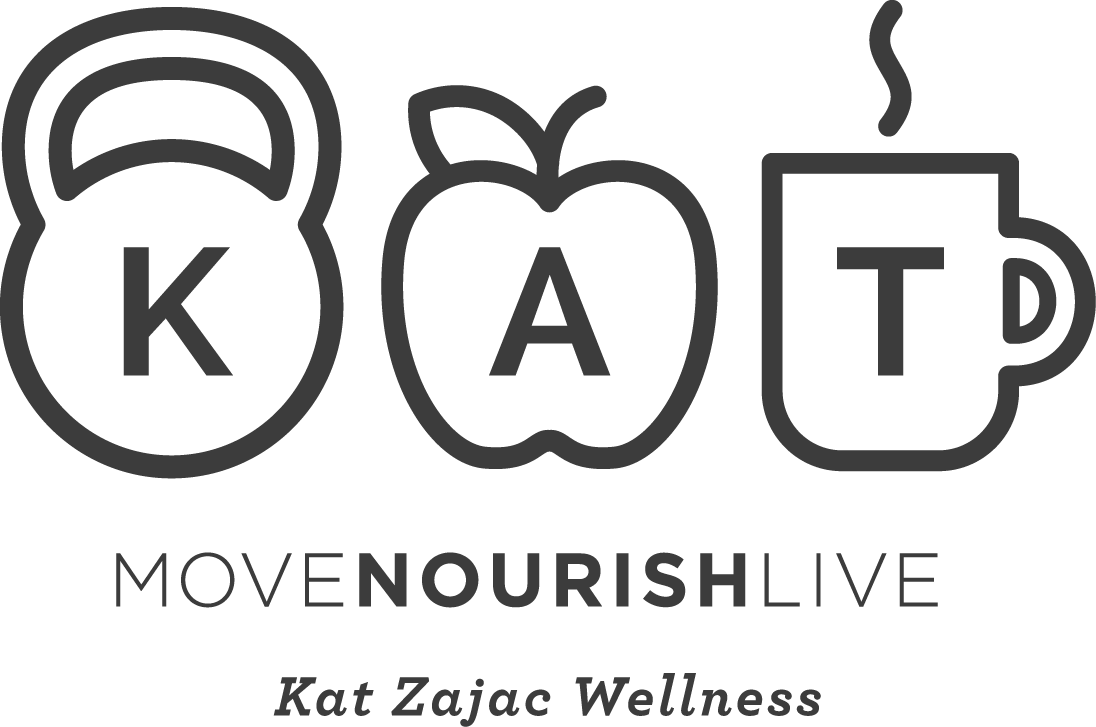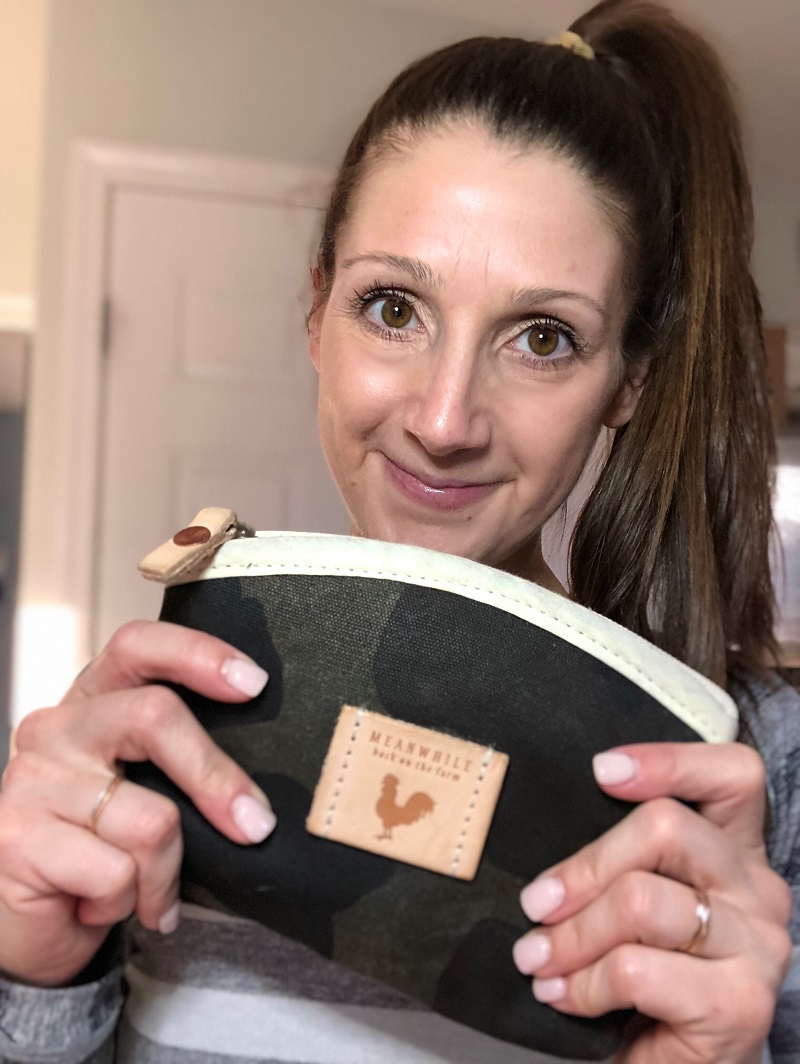What It’s Really Like To Live With Severe Food Allergies
Written for Alexandria Stylebook
When Madelyn suggested I consider writing a post about my food allergies, I was first hesitant to think that anyone would care to read about something that is so personal to me. But as I thought more about it, and I remembered that creating awareness could do a whole lot of good, I figured, why not?
I’ve lived with severe food allergies my entire life. I was born with them. My allergies and intolerances have evolved throughout the years, but I’ve never outgrown the serious ones: all legumes (peanuts, soy, beans, peas), shellfish, and nuts. My peanut allergy is actually off the charts. A simple lick of it would send me to the hospital, and if I get it on my skin, I break out in giant welts.
I carry an Epi Pen because these foods will cause an anaphylactic reaction. By definition, anaphylaxis is a severe and life-threatening allergic reaction, which causes symptoms such as: hives, coughing, difficulty breathing, swollen lips, tongue, throat, vomiting, diarrhea, cramping, fainting, dizziness, and a weak pulse. Left untreated, symptoms worsen into cardiovascular shock and death.
An Epi Pen is a medication (epinephrine) that is used to treat an anaphylactic reaction. It is most effective when used as soon as symptoms present, and without it, an allergic reaction can turn life threatening very quickly. Another important fact is that the effectiveness of the medication lasts roughly 30 minutes. This is why people typically carry two does of epinephrine on them at all times. This allows for time to get to medical care either by 911 or the ER.
I’ve adjusted my lifestyle to accommodate for my allergies in most situations. However, although I am used to it, and most of it is second nature, things like eating at restaurants, special events, and traveling are still a challenge.
I recently went on a trip alone for the first time in many years. Traveling with food allergies poses several challenges, mainly with the same theme: how to stay safe in a place that’s unfamiliar.
For me, the part of traveling that causes the most anxiety for me is flying. There are a lot of myths, facts, and unconfirmed theories about “airborne” allergic reactions. And since I am not a doctor or medical researcher, we’ll keep this post strictly to what I know based on my own experience and what my allergist has told me.
Peanuts in particular have a very viable protein (the protein is what causes the reaction). Traces of the peanut protein can last on surfaces even when wiped with a sponge, cloth, or cleaning material. This is why it’s especially important in a school environment, as well as on planes. Many schools choose to have peanut-free areas to mitigate the chances of a reaction that results from a child touching a table that may not appear soiled but has traces of peanuts, then touching their mouth, and then having an allergic reaction.
On a plane, a reaction can also occur by touching your seat or tray table and then touching your mouth, or eating your own food by cross contamination. There is a risk for an airborne reaction when an allergic person breathes in air that contains enough “peanut dust” to interact with their system in their lungs.
On a plane, where the air is highly re-circulated, this can pose a serious risk for someone like me.
Airlines have their own policies about peanuts on planes, so an allergic person must do their research prior to flying.
For me, I absolutely do not fly on airlines that serve peanuts. These airlines do not guarantee that they can make any accommodation regarding a peanut allergy, so I just avoid flying them.
Other airlines that do not serve peanuts handle accommodations haphazardly (in my opinion…remember this post is about my own personal experiences). Some airlines make much better efforts than others to accommodate (i.e., allow pre-boarding to clean your seat, or will create a buffer zone in which other passengers are asked not to eat peanuts if they sit near you). However, they cannot force someone not to eat their own peanut snack brought on board, which means you can end up next to someone, or several people, who are eating peanuts during your flight.
I have had good and bad experiences when I’ve tried to request accommodations on a flight due to my allergy. The worst was one time after I explained my allergy to the gate agent, she denied me access to the flight I was booked on because she said the airline didn’t want me to fly since I was a liability. (I ultimately made it on the flight after the situation escalated to higher level management.)
But in general, when I have raised a concern about allergies on a plane, I have found that there is little to no education (for attendants) on why a peanut allergy poses a serious risk, and no firm policy or procedure for the attendants to rely on to help them react to the situation.
For the general community, there is also a lack of education. I don’t expect the average person to understand the risks associated with eating peanuts on a plane. I also realize it can be frustrating to be asked not eat the snack you brought on board, especially if you don’t really understand much about allergies.
It’s for these reasons that most times I actually do not bring up my allergies on flights. It is the worst feeling when someone doesn’t take your condition seriously. In many cases, when someone near me opens a bag of peanuts, I spend the flight anxiety-ridden that I may have a reaction, rather than inform them of my allergy. I fear they won’t understand, that they will feel caught off guard, or will take my request as being rude or selfish.
All that being said, I try to be as prepared as possible when I fly. I eat in advance of flying so I don’t have to eat on the plane. I pack my medications. I fly with a face mask in case many people start eating peanuts and I feel like I need a barrier to the air on the plane.
Here’s the scary part. Remember I mentioned above that the epinephrine lasts only 30 minutes. It’s designed not as a cure for an allergic reaction, but as a method to manage symptoms while the person seeks emergency medial care. Most flights are more than an hour long, so if I have a reaction on a plane, there is a strong likelihood that even two doses of my medication will not last the length of time needed to get to medical care.
I think this is where the education and awareness comes in. I hope that by sharing my experiences with allergies, it will help to educate people who have never known anyone with an allergy that’s severe like mine. And maybe this knowledge could help save someone’s life one day.
If you have allergies, know someone, or have a child with severe allergies and want to talk more about it, I’m always happy to chat.
Check out me follow-up post about my go-to’s for eating on-the-go for allergies (and for other food restrictions, too!)


